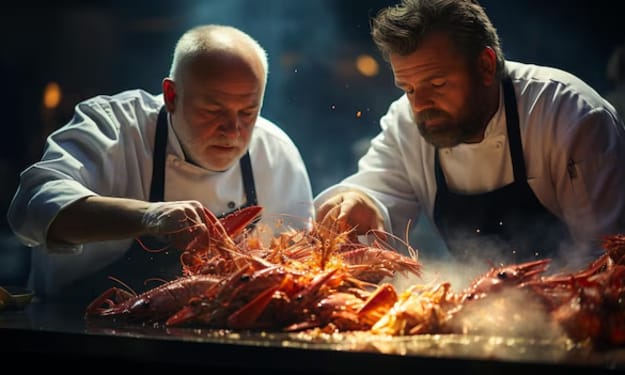
Plastic is deeply ingrained in our daily lives. It shapes everything from product packaging to furniture, clothing, toys, and electronics, and we can hardly imagine living without it. But knowing how this useful material was created and how it is made is important as we look to a more sustainable future.
~History of Plastics~
The history of plastics begins with the chemical development and industrialization of the late 19th and early 20th centuries. While early plastics were made from natural resins and rubbers, modern plastics are produced through chemical synthesis.
One of the first significant events in the history of plastics was the invention of celluloid by Alexander Parks in 1862. Celluloid, a synthetic resin made from a mixture of cellulose nitrate and candelilla wax, was initially used in products such as billiard balls and combs.
Then, in 1907, Leo Bakland invented Baclite, which had a major impact on the development of the plastics industry. Baclite, a synthetic resin made by heating phenol resin and formaldehyde, had excellent heat and water resistance. Baclite was widely used as an electrical insulator and refractory material, laying the foundation for the plastics industry.
In the 1920s, polyvinyl chloride (PVC) was commercially produced and widely used as a flexible and durable plastic. It came to be used in the manufacture of supplies and packaging materials.
After World War II, plastics rapidly became popular in industrial and consumer markets. Because of its light weight, durability, and workability, plastic was widely used in the manufacture of automobiles, aircraft, household goods, and electrical appliances. While the use of plastics has made life more convenient and comfortable, it has also caused challenges such as increased waste and environmental pollution.
Today, plastics are being recycled and alternative materials are being developed. The history of plastics reflects the technological and industrial evolution of mankind and the need to continue to develop plastics as a sustainable material.
~How Plastics are Made~
1-Raw Material Sourcing: The primary raw materials for plastics are hydrocarbons such as ethylene and propylene derived from petroleum and natural gas. These fossil fuels are obtained through a refining process and become raw materials used in the manufacture of plastics.
2-Polymerization Reaction: Plastics are made through a chemical reaction called a polymerization reaction. In this reaction, small molecules called monomers polymerize to form polymers, which are long-chain polymer compounds. For example, polyethylene is made from ethylene and polypropylene from propylene. Polymerization reactions take place at high temperatures and in the presence of catalysts.
3-Mixing additives: Polymers are mixed with a variety of additives to improve properties such as mechanical strength, durability, color, and weather resistance. These include stabilizers, dyes, plasticizers, light stabilizers, and heat-resistant agents.
4-Processing and Molding: Plastics are processed into products through a process of processing and molding. Common processing methods include injection molding, extrusion, compression molding, and blow molding. Through these methods, plastics are processed into products of various shapes and sizes.
5-Cooling and Finishing: Once processed, the plastic product is cooled and its shape is fixed. Surface treatment and finishing processes may then follow. This includes cutting, grinding, drilling, printing, and painting.
6-Quality Control and Inspection: Finally, quality control and inspection are performed to ensure product quality. The products are inspected for conformance to standards and for correct appearance and dimensions.
This is the typical plastic manufacturing process. Because plastics are used in so many different applications, there are many different types of raw materials, additives, and processing methods, and each process can be slightly different.
How was that? That was my talk about the history of plastics and how they are manufactured. Thank you for reading.
About the Creator
soju
A little story that will help you in your life.
Japanese living in Japan. Please forgive me if my English is wrong.






Comments
There are no comments for this story
Be the first to respond and start the conversation.